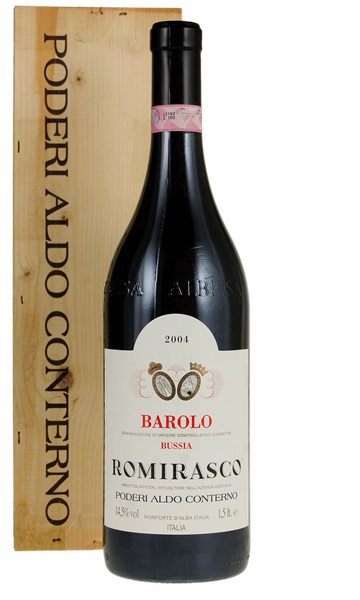Estimate


Aromas of tar, roses, menthol, scorched earth and smoke lead to a core of dark red fruit than unfolds onto the palate with uncommon grace and elegance.
Sweetly perfumed dark, violet fruit, with sweet oak spice and generous on the palate.
Wilder, brooding, youthfully medicinal aromas of dark fruits, basil, licorice and spices. Tight on entry, then focused and firm...
Plum, ripe berries and hints of chocolate. Full-bodied, with velvety tannins and lots of ripe fruit, with spices and hints of raisin.